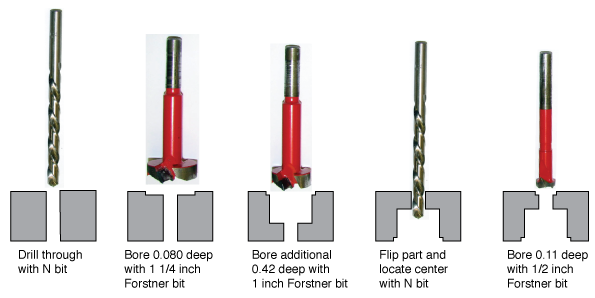Last updated at 02:34 AM on 23 Nov 2011
14. Intro to pump fabrication, least squares polynomial regression, R2
Class meeting on 9,10 November 2011
Homework: Problem Set 6 and Rubric for in-class demo of the desktop fan
Learning Objectives
- Be able to compute and interpret the R2 coefficient of a least squares line fit
- Be able to use Excel's
trendlinefunction to add a least squares line fit to data - Be able to use Excel's
trendlinefunction to add a least squares fit of a polynomial to data - Be aware of pump fabrication steps and responsibilities for students
- Be aware of the 3D solid modeling necessary for the impeller fabrication.
Notes and Supplemental Files
- Slides on R2: one slide per page or two slides per page
- Slides on polynomial curve fitting: one slide per page or 2-up handouts
- Pump fabrication overview PowerPoint, PDF, or 3-up notes
- Key operations on pump body (PNG image), and Larger PDF version
- Solidworks instructions for impeller design
- Instructions for manufacturing the pump body: PowerPoint, PDF, or 3-up notes
Solidworks Tutorial
The Solidworks Tutorial referred to on Homework 6 is the built-in tutorial that comes with the software.
- Launch Solidworks
- In the upper right part of the screen, under "Solidworks Resources", click on the "Making My First Part" link
Pump body operations

For good results
- Apply the adage, "Measure twice, cut once"
- Study the fabrication presentation before coming to class
- Use the crank handle for z-direction motion -- DO NOT use the spindle handle for any critical z-direction operations
- DO NOT use the spindle handle for any operations involving Forstner bits. The bits have a tendency to bite into the material in cut deeper than you want -- they tend to get "sucked into" the material. The crank handle allows much better control.